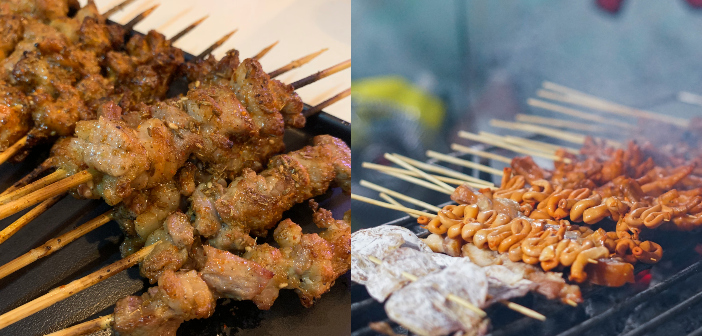Even though my nationality is Canadian, and have been living in China my entire life, I have and always will be connected to Filipino culture. As my dad’s home country, my family would frequently travel to the Philippines for the holidays. During our visits, we had the opportunity to explore parts of the country we had never been to before and experience the Filipino lifestyle, heritage, and its many specialties, not least of which is the food.
After years of trying food from both China and the Philippines, I’ve noticed quite a few similar dishes between the two cultures, or doppelgängers, if you will. They may differ in “personality”, but they sure do look alike.
Suman vs Zongzi
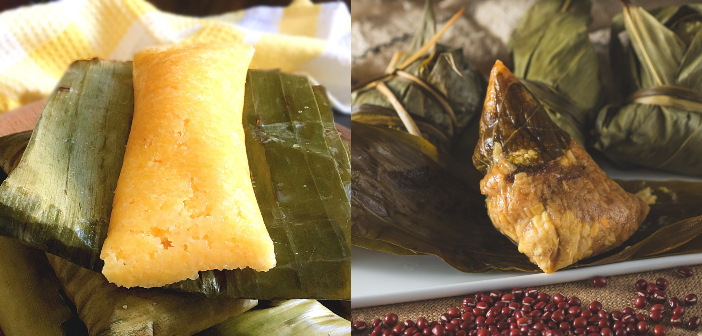
With Dragon Boat Festival coming up in a few days, you should know that the traditional Chinese delicacy, zongzi, has a Filipino sister called suman – a traditional rice cake typically made with glutinous rice, coconut milk, sugar, banana leaves, and cassava. I practically inhaled this for breakfast while I was in the Philippines. Zongzi is also made with glutinous rice and wrapped in leaves, but instead of banana leaves, the leaves are made from bamboo. There is also stuffing inside the rice, it’s wrapped in a pyramid shape rather than a long rectangular shape, and the taste is more savory than sweet. Both are equally delicious.
Lumpia vs. Spring Rolls
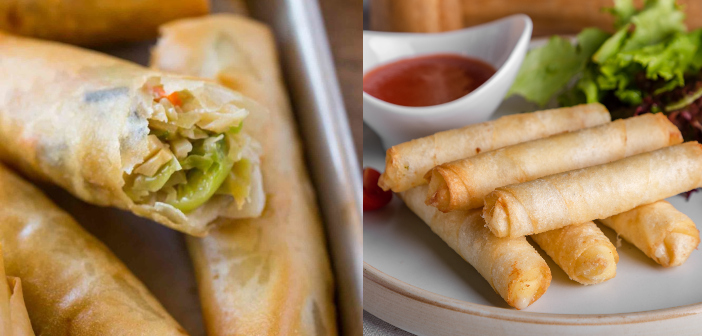
I know! The resemblance is uncanny between these two. Lumpia is a type of Filipino egg roll. The filling is typically comprised of ground pork, minced onions, carrots, and salt and pepper as seasonings, while its wrapper is made from flour and water. Spring rolls, which might as well be lumpia’s long-lost twin, is a Chinese fried spring roll composed of minced pork, carrots, bean sprouts, and cabbage – though the fillings can vary. The reason why they pretty much look the same is that their wrappers are both made of flour and water, which make them very fragile to the touch. The difference is in the filling!
Pancit Canton vs Chow Mein
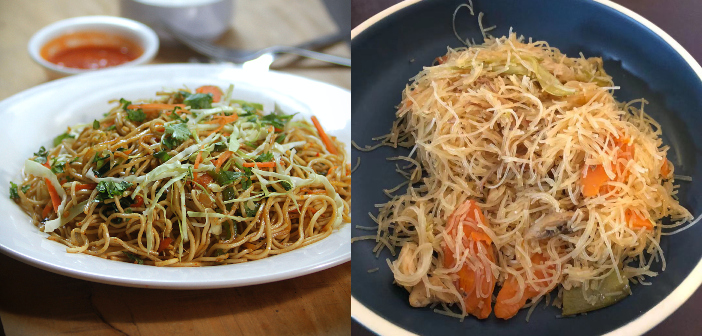
Pancit Canton consists of wheat flour noodles, pork, chicken, shrimp, and a range of different vegetables. As for chow mien, well, it’s a Chinese food classic that’s cooked in various ways depending on which part of China you are in. These stir-fried noodles are a quick lunch favorite amongst foodies all around the world.
Isaw vs Yang Rou Chuan’r
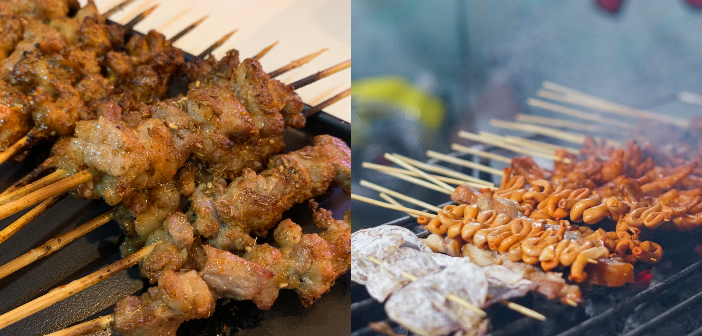
Isaw – a popular street food delicacy in the Philippines – is made from pig or chicken intestines. Prior to being served, isaw is repeatedly cleaned and turned inside out, then barbecued on a grill, and finally, becomes the zig-zag treat on a stick you see before you. In my opinion, street food can’t get better than this. Or can it? Isaw can easily be compared with its Chinese cousin from Xinjiang: yang rou chuan’r, or lamb skewers in English.
Banana Cue vs. Tanghulu
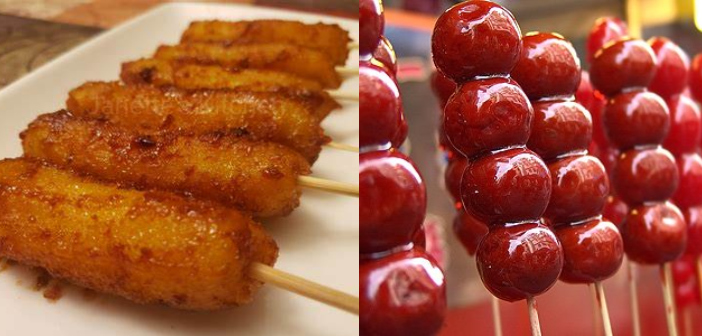
Believe it or not, this isn’t a corndog. Banana cue is short for banana barbecue and is another Filipino street food delight. Instead of regular bananas, Banana cue is made of plantains that are fried and coated in brown sugar. Meanwhile, in China, there’s the classic tanghulu that’s traditionally made with whole hawthorn berries coated in a layer of candied sugar.
Pandesal vs Mantou
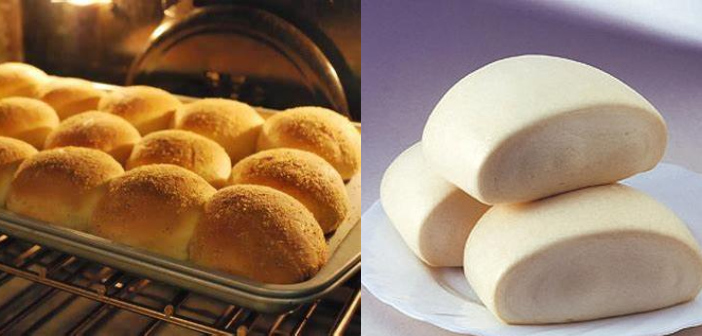
Although they may seem plain, both dishes are staples in their own country. On the one hand, we have pandesal, a common bread roll from the Philippines made of flour, butter, salt, eggs, yeast, and sugar, with a coat of breadcrumbs to top it all off. On the other hand, we have mantou – or Chinese steamed buns. Mantou is often made of flour, yeast, baking powder, sugar, and milk. There are several different kinds of mantou, with my personal favorite being the fried kind that’s served with condensed milk as a dip. Both dishes are made with minimal and simple ingredients, yet are highly popular among their people.
KEEP READING: “That’s Not Bing! It’s Roti!”: When Indian and Chinese Food Unite
Images: Courtesy of Amber Ker-Foz, Pexels, pinoycookingrecipes.com,niubball.com, amiablefoods.com, Pexels, panlasangpinoyrecipes.com

